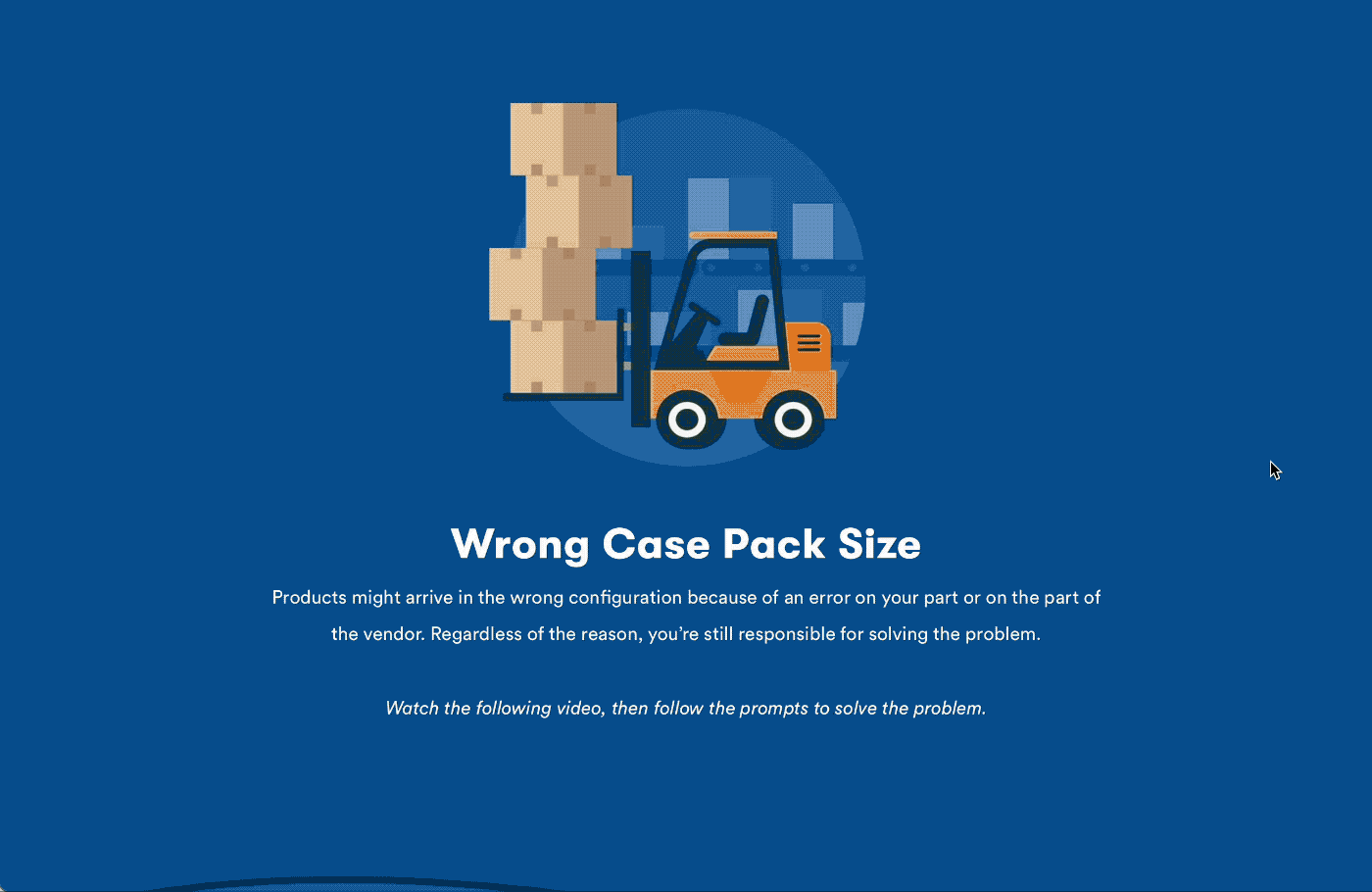Storytelling in learning and development is not a new phenomenon.
The art of storytelling has been around for centuries, helping people communicate and express opinions.
When done correctly, storytelling is an extremely powerful tool for sharing information, engaging an audience, and building connections.
But that’s not all.
It’s also a fantastic tool for learning—sharing information, building connections, and engaging an audience are all crucial aspects of effective learning opportunities, and learning with stories can help you achieve all three objectives.
In a recent webinar, one of the learning strategists here at Maestro spoke on this subject and shared storytelling best practices. Here are some of the key takeaways.
How to Use Storytelling to Create Better Learning
Storytelling is an art and a science. If you’re ready to build your L&D storytelling chops, this webinar is for you. In this on-demand webinar, watch and learn the science behind story and why it’s so effective in learning. Plus, we share several narrative frameworks for structuring a story and real examples of story-based learning in practice across different mediums and modalities. Ready to tell better stories?
Access the webinar→Why storytelling matters in learning and development
Before we jump in, it’s important to address why storytelling in learning and development matters.
The importance of storytelling in learning should not be underestimated. It is not enough for us to simply say it is important (although it would save us a heck of a lot of time!). We must also show scientifically and factually why storytelling is such a crucial element of learning and development.
Well, it’s science! In our article “The Neurobiology of Why Your Learner’s Brain Responds to Great Storytelling,” Kathleen Matyas-Orr, Senior Strategist here at Maestro, goes into great detail about the science behind why storytelling in learning and development is a great way to engage your learners.
First and foremost, great storytelling has a direct impact on your cortisol levels, a hormone that gets released in response to stress.
A well-written story full of action and suspense can lead to a learner’s cortisol levels increasing, heightening their focus on the information.
Now consider that impact on learning and development. If you can induce this reaction to your learning program, the engagement levels from your learners will jump through the roof.
However, increased cortisol can only last for so long, and after time, the reaction will wane. That is where oxytocin comes in, which occurs when we see ourselves in the story’s characters, evoking empathy and further engagement.
If cortisol is the discount code that gets you to sign up for Netflix, then oxytocin is the great content that keeps you paying each month (we highly recommend Stranger Things, by the way).
In L&D, if you can get your learners to relate to the characters in your story, it will resonate much more with them, and their learning will only increase.
Finally, storytelling can also impact your dopamine levels, as learners seek a resolution to the conflict that leaves them feeling satisfied.
Finishing stories well will help your learners feel satisfied, and the information is more likely to bed deep into their brains for them to lean on when needed in their workday.
How to use storytelling in learning and development
Show, don’t tell
Simply telling learners what they need to know isn’t going to cut it. This type of learning is stale, it doesn’t resonate with your audience, and it’s not enough to make learning stick.
When information doesn’t resonate with your learners, you run the risk of it being forgotten, misinterpreted, or misunderstood.
However, by implementing learning through storytelling, your learner’s engagement and information retention will greatly improve, yielding better learning outcomes.
We offer an example of this during the webinar, where a company that frequently runs out of stock could either tell their team about how to place a rush order to restock a product or show them how to do it.
The same logic applies to any complex subject matter, such as product flow and product distribution onboarding. By seeing these scenarios for yourself, and creating a story out of them, you create a highly memorable, highly effective, and highly engaging experience.

Bring learning to life
As mentioned, the idea of storytelling is not new, and its effects are well-documented and supported by scientific studies as well as anecdotal evidence.
One of the most famous examples is the life lesson of taking things slow and steady. As children, we are not simply told to go slow and steady. Almost all of us were taught this lesson using the story of the tortoise and the hare.
And most of you can recount hearing that story for the first time, further highlighting the power of storytelling in learning and development.
So why is it that many of us still opt to “tell” our learners rather than “show”?
Maybe for us as learning leaders, it’s sometimes difficult for us to branch out and do something different.
Keep things simple
When it comes to crafting an excellent L&D story, keeping things simple is critical. Learning how to tell stories does not have to be complicated, but it’s easy to lose track of your story threads and make it more difficult than it needs to be.
The more complex the story, the more there is to understand. The more there is to understand, the more chance there is that key takeaways are missed.
As explained in the webinar, chances are you aren’t going to be the perfect storyteller when you first get started. “Give yourself permission to not get it right. Choose to be the tortoise and not the hare.”
One easy way to check if your storytelling content is simple and effective is to show it to a focus group before launching it to your learners, which we dive into in more detail within the webinar.
How to create a good story
When creating a story, it’s very tempting to immediately start with a traditional outline, but as we share in the webinar, that is not the best approach.
An outline has a lot of benefits, but it can be incredibly limiting in its structure.
Instead, we recommend using a Storyclock, as it allows you to break free from those limitations, creating several different arcs and a less predictable story. Storyclock also helps you check for critical storytelling elements such as symmetry and rhythm, and it helps you avoid”fluff”—unnecessary and distracting details.
Storytelling in learning and development is powerful
As you can see, there are numerous benefits to opting for a storytelling approach to learning, many of which you can capitalize on by crafting a high-quality L&D story strategy.
For the full breakdown of benefits and a complete step-by-step guide that will help you turn your learning experiences into great stories, be sure to check out the full webinar, available on-demand.
You can also download your very own Storyclock template for learning and development here, for free.
The science behind storytelling
Discover how storytelling can help you take your learning and development to the next level.
Access the webinar→